4x4 Travel: Tips and Tricks for Beginners
4x4 travel can be an exhilarating and adventurous way to explore the great outdoors. Whether you're planning a weekend camping trip or embarking on a longer adventure, there are some important tips and tricks to keep in mind to ensure a safe and enjoyable journey. In this beginner's guide, we'll cover everything you need to know to get started with 4x4 travel.
First, we'll explore what 4x4 travel is and why it's a popular choice for outdoor enthusiasts. We'll also discuss the different types of vehicles that are suitable for off-road travel, and what to look for when choosing a vehicle for your adventure. From there, we'll move on to preparation, including essential accessories and recovery gear, as well as driving techniques and tips that will help you navigate different terrains with confidence.
Key Takeaways
- Preparation is key to a successful 4x4 adventure, so make sure you have all the necessary accessories and recovery gear.
- Understanding the different types of terrains you may encounter is crucial for safe and enjoyable 4x4 travel.
- Regular vehicle maintenance and checks are essential to ensure your vehicle is in top condition for your adventure.
Understanding 4x4 Travel
The Basics of 4WDing
4WDing is a popular way to explore off-road terrain and reach remote destinations. It involves driving a vehicle with four-wheel drive (4WD) capabilities, which means that power is distributed to all four wheels for better traction and control. Unlike traditional two-wheel drive vehicles, 4WD vehicles have the ability to tackle challenging terrain such as steep inclines, rocky surfaces, and muddy tracks.
To get started with 4WDing, it's important to understand the basics of how your vehicle's 4WD system works. This includes knowing how to engage and disengage the 4WD mode, understanding the difference between high range and low range, and knowing the capabilities and limitations of your vehicle.

High Range vs Low Range
One of the key features of a 4WD vehicle is the ability to switch between high range and low range. High range is used for regular driving on flat or slightly uneven terrain, while low range is used for more challenging off-road conditions such as steep inclines or deep mud.
When driving in high range, power is distributed evenly to all four wheels, providing better traction and stability. Low range, on the other hand, reduces the speed of the vehicle while increasing torque to the wheels, allowing for greater control and manoeuvrability in tough conditions.
It's important to note that driving in low range should only be done when necessary, as it puts additional strain on the vehicle and can cause damage if used incorrectly.
Understanding Your 4WD System
To get the most out of your 4WD vehicle, it's important to understand the different components of your 4WD system. This includes the transfer case, which distributes power to the front and rear axles, and the differentials, which allow the wheels to turn at different speeds.
Other important components include the suspension system, which helps absorb shocks and bumps, and the tyres, which play a crucial role in providing traction and control on different surfaces.
By understanding how your 4WD system works and knowing its capabilities and limitations, you'll be able to tackle a variety of off-road conditions with confidence and ease.
Preparation for 4x4 Travel
Research and Planning
Before embarking on any 4x4 travel, it is essential to conduct thorough research and planning. This will help ensure a safe and enjoyable journey. Start by researching the destination and the best time of year to visit. Consider the weather conditions, road conditions, and any potential hazards, such as wildlife or difficult terrain.
It is also important to research the specific 4x4 vehicle you will be using. Familiarize yourself with its capabilities and limitations, and ensure it is in good working condition before setting out. Additionally, research any necessary equipment or gear you may need, such as recovery gear, navigation tools, and camping supplies.
Creating an Itinerary
Creating an itinerary is another crucial step in preparing for 4x4 travel. Determine the route you will take and the destinations you will visit along the way. Consider factors such as driving time, fuel stops, and rest breaks.
When creating your itinerary, be sure to allow for flexibility. Unexpected delays or changes in plans may occur, so it is essential to have backup options. Ensure that your itinerary includes enough time for rest and relaxation, as well as exploration and adventure.
Securing Necessary Permits
Depending on your destination and route, you may need to secure permits before embarking on your 4x4 journey. Research the specific requirements for your trip, including any necessary permits or licenses.
Be sure to apply for permits well in advance, as some may take several weeks to process. Additionally, ensure that you have all necessary documents and identification with you when traveling.
By conducting thorough research, creating a detailed itinerary, and securing necessary permits, you can ensure a safe and enjoyable 4x4 travel experience.
Essential 4x4 Accessories and Recovery Gear
When it comes to 4x4 travel, having the right accessories and recovery gear is essential. These items can help you get out of sticky situations and make your journey smoother. Here are some of the must-have accessories and gear for any 4x4 trip:
-
Winch: A winch is a powerful tool that can help you get out of tough spots. It's especially useful when you're stuck in mud or sand. Make sure you choose a winch that's rated for your vehicle's weight.
-
Shovel: A shovel is another essential item for any 4x4 trip. It can be used to dig out your wheels if you're stuck, or to clear a path if you need to make your own way.
-
UHF Radio: A UHF radio is a great way to stay in touch with other members of your group, or to call for help if you need it. Make sure you have a good quality radio that's easy to use.
-
First Aid Kit: Accidents can happen on any 4x4 trip, so it's important to have a first aid kit on hand. Make sure your kit includes items like bandages, antiseptic, and pain relief medication.
-
Tyre Pressure Gauge: Keeping your tyres at the right pressure is important for a smooth and safe journey. Make sure you have a good quality tyre pressure gauge so you can check your tyres regularly.
-
Recovery Gear: Recovery gear includes items like snatch straps, shackles, and a recovery damper. These items can help you get out of tough spots, and can also be used to help other vehicles in your group.
-
Compressor: A compressor is a handy tool that can be used to inflate your tyres after you've lowered the pressure for off-road travel. It can also be used to power air tools if you need to do any repairs on the trail.
-
Accessories: There are a range of accessories that can make your 4x4 trip more comfortable and convenient. These might include things like a fridge, a roof rack, or a camping stove.
-
Spare Tyre: It's important to have a spare tyre on hand in case you get a flat. Make sure your spare tyre is in good condition and is the same size as your other tyres.
-
Jack: A good quality jack is essential for changing a tyre or doing any repairs on the trail. Make sure you choose a jack that's rated for your vehicle's weight.
-
Snorkel: If you're planning on doing any water crossings, a snorkel is a must-have accessory. It allows your engine to breathe clean air, even when you're driving through deep water.
-
Recovery Tracks: Recovery tracks can be used to help you get out of mud, sand, or snow. They provide traction for your wheels and can help you get moving again.
-
Manual Mode and High Range: If your vehicle has a manual mode and high range, make sure you know how to use them. These settings can help you get through tough terrain and make your journey smoother.
-
PLB: A Personal Locator Beacon (PLB) is a device that can be used to call for help in an emergency. It's a good idea to have one on hand in case of an accident or other emergency.
-
Tyre Recovery Gear: Tyre recovery gear includes items like tyre levers and tyre repair kits. These items can be used to repair a punctured tyre and get you back on the road.
-
Tools: It's always a good idea to have a basic set of tools on hand, including items like pliers, screwdrivers, and a wrench. These tools can be used to make minor repairs on the trail.
In summary, having the right accessories and recovery gear can make all the difference on a 4x4 trip. Make sure you have the items listed above, and that you know how to use them. With the right gear and a little bit of know-how, you'll be able to tackle any terrain and enjoy a safe and enjoyable journey.

Driving Techniques and Tips
When it comes to 4x4 travel, driving techniques are crucial for a successful and safe trip. Here are some tips to keep in mind:
Slow and Steady
Off-road driving requires patience and a steady hand. It's important to maintain a slow and consistent speed, especially when navigating through difficult terrain like mud or sand. This allows your vehicle to maintain traction and prevents your wheels from spinning out of control.
Traction and Tyres
Traction is key when driving off-road, and your tyres play a crucial role in maintaining it. All-terrain tyres are a great option for 4x4 travel, as they provide good grip on a variety of surfaces. Make sure to check your tyre pressure before hitting the road, as underinflated tyres can reduce traction and cause damage to your vehicle.
Brakes and Momentum
Braking is important when driving off-road, but it's important to use them sparingly. Instead, rely on your vehicle's momentum to carry you through obstacles. This means keeping a steady speed and avoiding sudden stops or starts. If you do need to brake, use them gently to avoid skidding or losing control.
Steering and Torque
When driving off-road, it's important to use your vehicle's torque to your advantage. This means using low gears and maintaining a consistent speed to keep your engine in the optimal range. When turning, use gentle movements to avoid jerky motions that can cause your vehicle to lose traction.
In summary, driving off-road requires a different set of skills and techniques than driving on paved roads. By following these tips, you can ensure a safe and successful 4x4 travel experience.
Dealing with Different Terrains
When it comes to 4x4 travel, dealing with different terrains can be a challenging but rewarding experience. Here are some tips and tricks to help you navigate through various terrains safely and confidently:
Rocks
Rocks can be a tricky terrain to navigate through, but with the right approach, you can make it through without damaging your vehicle. Here are some tips:
- Approach rocks slowly and carefully to avoid damaging your vehicle.
- Use low-range gears to maintain control and traction.
- Keep your wheels straight to avoid slipping or sliding.
- Use your spotter to guide you through difficult sections.
Snatch Straps
Snatch straps are an essential tool for 4x4 travel, especially when dealing with rough terrain. Here are some tips:
- Use a snatch strap with a suitable weight rating for your vehicle.
- Make sure both vehicles are on stable ground before attempting to use a snatch strap.
- Attach the snatch strap to a suitable recovery point on both vehicles.
- Use a dampener to reduce the risk of the snatch strap snapping back in case of a failure.
Sand Driving
Driving on sand can be a fun and challenging experience. Here are some tips to help you navigate through sandy terrain:
- Reduce your tyre pressure to increase your tyre's surface area and improve traction.
- Use low-range gears to maintain control and momentum.
- Avoid sudden movements or sharp turns to prevent your vehicle from getting bogged down.
- Keep a steady speed and maintain momentum to avoid getting stuck.
Gravel and Corrugations
Gravel and corrugated roads can be harsh on your vehicle's suspension and tyres. Here are some tips to help you navigate through these terrains:
- Reduce your speed to avoid damaging your vehicle's suspension and tyres.
- Keep a safe distance from other vehicles to avoid getting hit by flying rocks or debris.
- Use low-range gears to maintain control and traction.
- Avoid sudden movements or sharp turns to prevent your vehicle from losing control.
Rough Terrain
Rough terrain can be a challenging but fun experience. Here are some tips to help you navigate through rough terrain:
- Use low-range gears to maintain control and traction.
- Keep your wheels straight to avoid slipping or sliding.
- Use your spotter to guide you through difficult sections.
- Keep a steady speed and maintain momentum to avoid getting stuck.
Gravel Roads
Gravel roads can be unpredictable and dangerous. Here are some tips to help you navigate through gravel roads safely:
- Reduce your speed to avoid losing control of your vehicle.
- Keep a safe distance from other vehicles to avoid getting hit by flying rocks or debris.
- Use low-range gears to maintain control and traction.
- Avoid sudden movements or sharp turns to prevent your vehicle from losing control.
Beach
Driving on the beach can be a fun and exciting experience. Here are some tips to help you navigate through the beach safely:
- Check the tide times before heading out to avoid getting stranded.
- Reduce your tyre pressure to increase your tyre's surface area and improve traction.
- Use low-range gears to maintain control and momentum.
- Avoid sudden movements or sharp turns to prevent your vehicle from getting bogged down.
Steep Hills
Driving up or down steep hills can be a challenging experience. Here are some tips to help you navigate through steep hills safely:
- Use low-range gears to maintain control and traction.
- Keep your wheels straight to avoid slipping or sliding.
- Use your spotter to guide you through difficult sections.
- Keep a steady speed and maintain momentum to avoid getting stuck.
Bitumen
Driving on bitumen roads can be a breeze, but it's essential to stay alert and focused. Here are some tips to help you navigate through bitumen roads safely:
- Observe the speed limit and traffic rules to avoid accidents.
- Keep a safe distance from other vehicles to avoid collisions.
- Use your brakes and accelerator smoothly to maintain control of your vehicle.
- Check your tyres regularly to ensure they are in good condition.
Remember, safety should always be your top priority when dealing with different terrains. By following these tips and tricks, you can navigate through various terrains safely and confidently.

Vehicle Maintenance and Checks
Maintaining your 4x4 vehicle is crucial to ensure a safe and enjoyable journey. Before you hit the road, it's essential to perform a few checks to ensure your vehicle is in good condition.
Suspension
Check your vehicle's suspension system regularly, including the shocks, springs, and struts. Ensure there are no leaks, cracks, or damage to any parts, and the suspension system is working correctly.
Lights
Make sure all lights are working correctly, including headlights, taillights, brake lights, and indicators. Check the bulbs, fuses, and wiring to ensure they are in good condition.
Filters
Regularly check and replace air, oil, and fuel filters to ensure the engine runs smoothly and efficiently. Dirty filters can cause engine damage and reduce fuel efficiency.
Wheel Bearings
Check the wheel bearings for any signs of wear and tear, such as noise or vibration. Replace them if necessary to avoid any damage to the wheels or suspension system.
Departure Angle
Ensure your vehicle has a good departure angle to avoid getting stuck on obstacles. Check the rear bumper and tow hitch to ensure they don't drag on the ground.
Ground Clearance
Check the ground clearance of your vehicle to ensure it can handle rough terrain. Ensure there is enough space between the undercarriage and the ground to avoid any damage.
Wading Depth
Know your vehicle's wading depth and avoid driving through water that is deeper than the recommended depth. Driving in deep water can damage the engine, transmission, and other components.
Shock Absorbers
Check the shock absorbers for any signs of damage or leaks. Replace them if necessary to ensure a smooth ride and prevent damage to the suspension system.
Spare Parts
Carry spare parts such as fuses, bulbs, and belts to ensure you can make quick repairs on the road if necessary.
Regular maintenance and checks can help prevent breakdowns and ensure a safe and enjoyable journey. Always consult your vehicle manual for specific maintenance requirements and recommendations.
Packing for Your 4x4 Adventure
When it comes to packing for your 4x4 adventure, it's important to strike a balance between bringing everything you need and not overloading your vehicle. Here are some tips and tricks to help you pack for your next off-road trip:
Supplies
Before you start packing, make a list of everything you'll need for your trip. This should include basic supplies like food, water, and shelter, as well as any specific gear you'll need for your adventure. For example, if you're planning on doing some rock crawling, you'll need to bring recovery gear like a winch, snatch straps, and shackles.
Tray
A 4x4 tray is a great way to organise your gear and make sure everything is easily accessible. You can use trays to store everything from recovery gear to camping equipment. Make sure to label your trays so you know exactly where everything is.
Packing
When it comes to packing, it's important to pack smart. Heavy items should be stored low and close to the centre of the vehicle to avoid throwing off your balance. Make sure to secure everything in your vehicle so it doesn't move around while you're driving.
Fridges
A 12V fridge is a must-have for any 4x4 adventure. Not only will it keep your food and drinks cold, but it can also be used to store medical supplies and other perishable items. Make sure to choose a fridge that's the right size for your vehicle and your needs.
Overall, packing for your 4x4 adventure requires careful planning and organisation. By following these tips and tricks, you'll be able to pack everything you need without overloading your vehicle.
4x4 Travel in Western Australia
Western Australia is a great destination for 4x4 enthusiasts looking for adventure. The vast and rugged terrain offers a unique experience for thrill-seekers and those looking to tick off their bucket list.
The red centre and outback of Western Australia are particularly popular for 4x4 travel. The Canning Stock Route, one of the world's most challenging tracks, is a must-do for experienced drivers. It stretches 1,850km from Halls Creek to Wiluna and takes around two weeks to complete. The Gibb River Road is another iconic track that offers stunning scenery and challenging terrain.
When planning your trip, make sure you have all the necessary permits and equipment. Check with the local authorities for any restrictions or closures. It's also important to be self-sufficient and carry enough food, water, and fuel.
Here are some tips for 4x4 travel in Western Australia:
-
Always check the weather conditions before setting off. The outback can be unpredictable and dangerous during extreme weather events.
-
Drive at a safe and appropriate speed. The terrain can be rough, and sudden obstacles can appear.
-
Be aware of the local wildlife, including kangaroos and emus, which can cause accidents.
-
Respect the environment and leave no trace. Take all your rubbish with you and avoid damaging the fragile ecosystem.
-
Consider joining a 4x4 club or group for added safety and support.
Overall, 4x4 travel in Western Australia is an unforgettable experience for those seeking adventure. With the right preparation and equipment, you can safely explore the rugged and beautiful landscape of the outback.
Handling Tricky Situations
4x4 travel can be exhilarating, but it can also present some tricky situations that require quick thinking and decisive action. Whether you're facing steep inclines, deep mud, or other obstacles, knowing how to handle these situations can make all the difference in your off-road adventures.
One of the most important things to keep in mind when faced with a tricky situation is to stay calm. Fear and panic can cloud your judgment and make the situation worse. Take a deep breath, assess the situation, and then proceed with caution.
If you're dealing with a steep incline, it's important to maintain a steady speed and keep your momentum going. Use low gear and try to keep your wheels straight to avoid getting stuck or tipping over.
When it comes to deep mud, it's important to keep your speed up and avoid sudden stops or changes in direction. Use low gear and try to keep your wheels spinning to maintain traction. If you do get stuck, try to rock your vehicle back and forth to dislodge it.
In situations where you're dealing with loose sand or gravel, it's important to reduce your tire pressure to increase traction. Use low gear and try to maintain a steady speed to avoid getting stuck.
Overall, the key to handling tricky situations is to stay calm, assess the situation, and proceed with caution. With the right skills and knowledge, you can tackle any obstacle that comes your way on your 4x4 adventures.
Frequently Asked Questions
How do I properly engage 4WD gear?
To engage 4WD gear, you need to follow the instructions in your vehicle's owner's manual. Generally, you need to come to a complete stop, shift the transmission into neutral, and then engage the 4WD gear. After engaging 4WD, you can shift back into drive and proceed with caution.
What are some common mistakes to avoid when using 4 wheel drive?
Some common mistakes to avoid when using 4WD include driving too fast, not disengaging 4WD when it's no longer needed, and not using the correct gear for the terrain. It's important to read your owner's manual and understand how to properly use 4WD in different situations.
What should I check before embarking on a 4x4 trip?
Before embarking on a 4x4 trip, you should check your vehicle's fluids, tire pressure, and brakes. You should also make sure you have all the necessary equipment, such as a spare tire, jack, and recovery gear. It's important to be prepared for any situation that may arise.
When is it appropriate to use 4WD?
4WD should be used when driving on rough or slippery terrain, such as mud, snow, or sand. It's important to use 4WD when you need extra traction to get through difficult terrain. However, you should also be aware of the limitations of 4WD and not rely on it to get you out of every situation.
What is the difference between H2, H4, and L4?
H2 stands for two-wheel drive, H4 stands for four-wheel drive high, and L4 stands for four-wheel drive low. H2 is used for normal driving conditions on paved roads. H4 is used for off-road driving on rough terrain, and L4 is used for extreme off-road conditions, such as deep mud or steep hills.
Can I switch to 4WD while driving or do I need to be in neutral?
You should always switch to 4WD while in neutral and at a complete stop. Engaging 4WD while driving or while the vehicle is in gear can cause damage to the transmission and drivetrain.


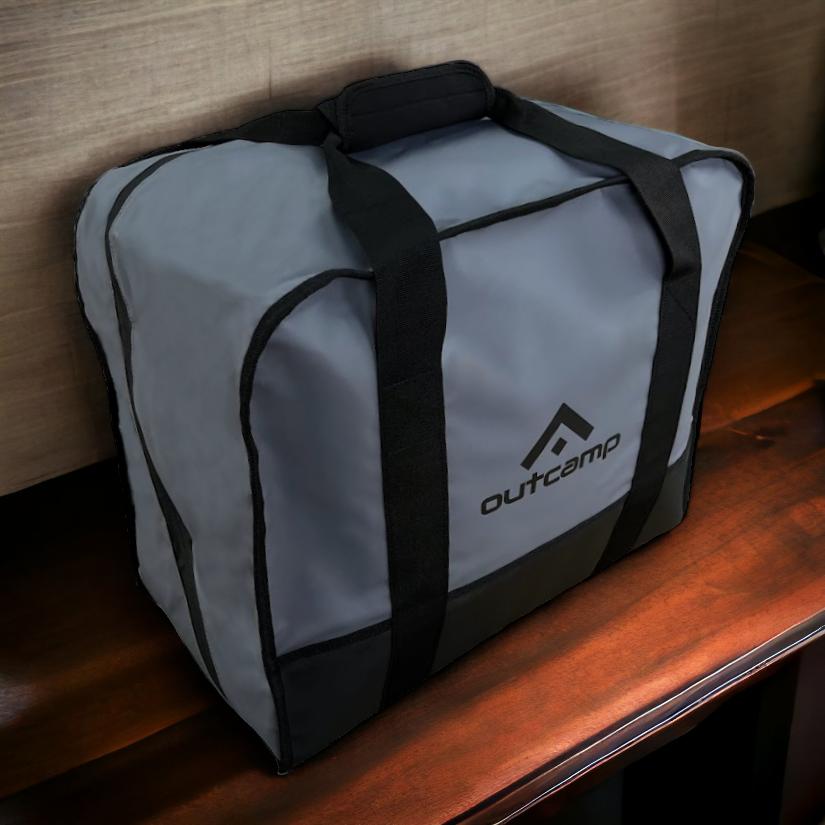
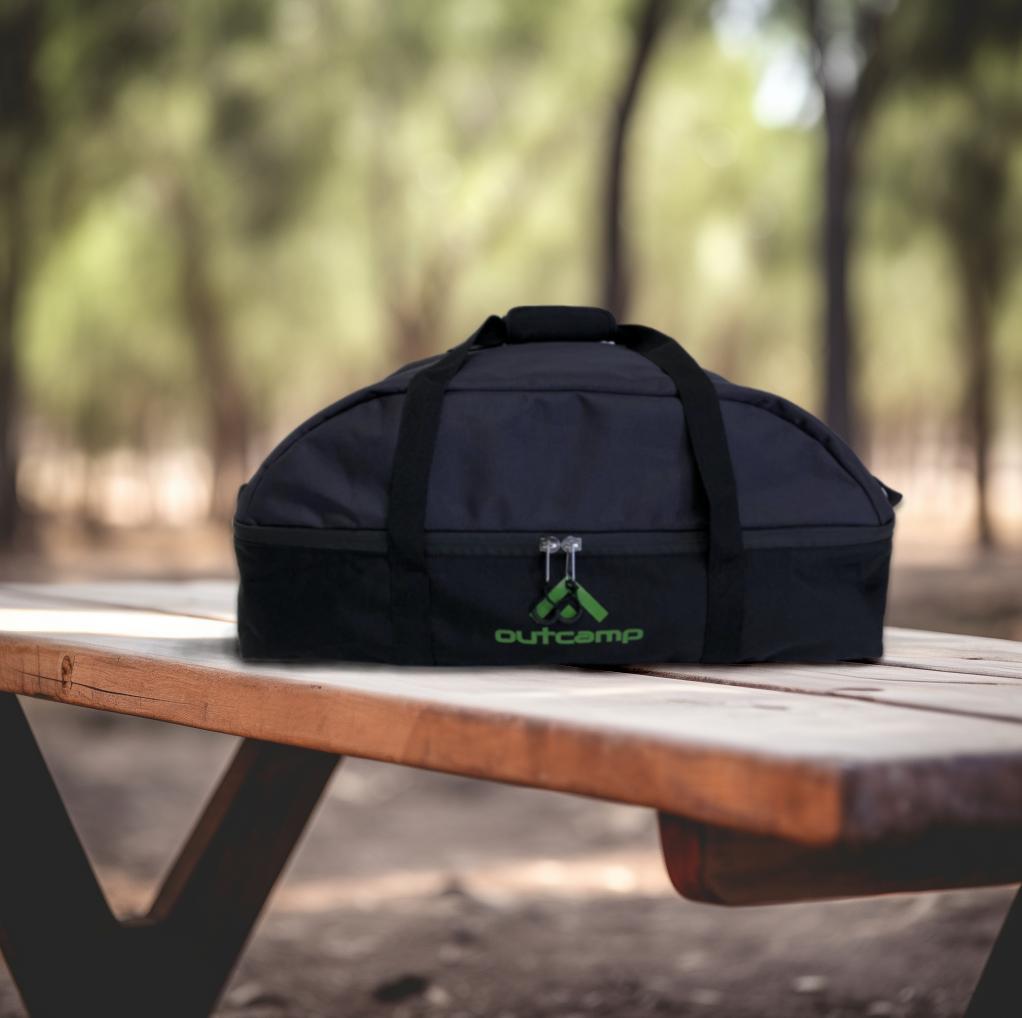
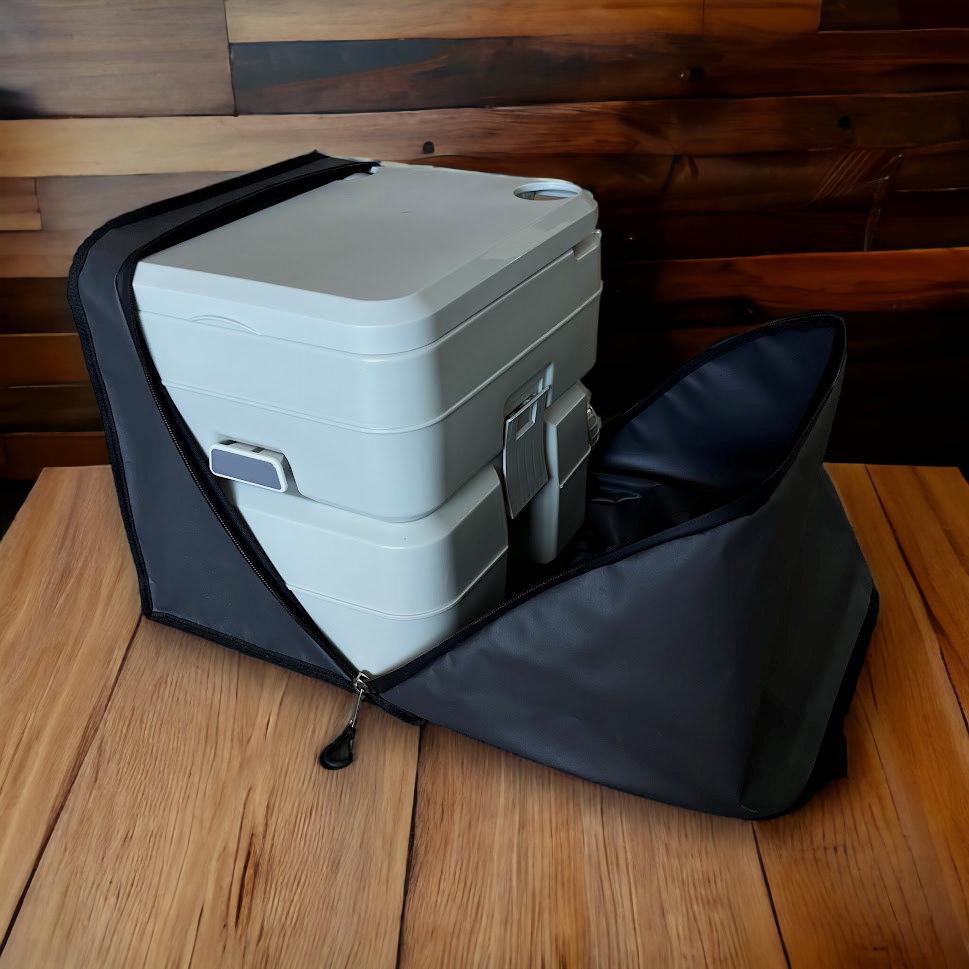
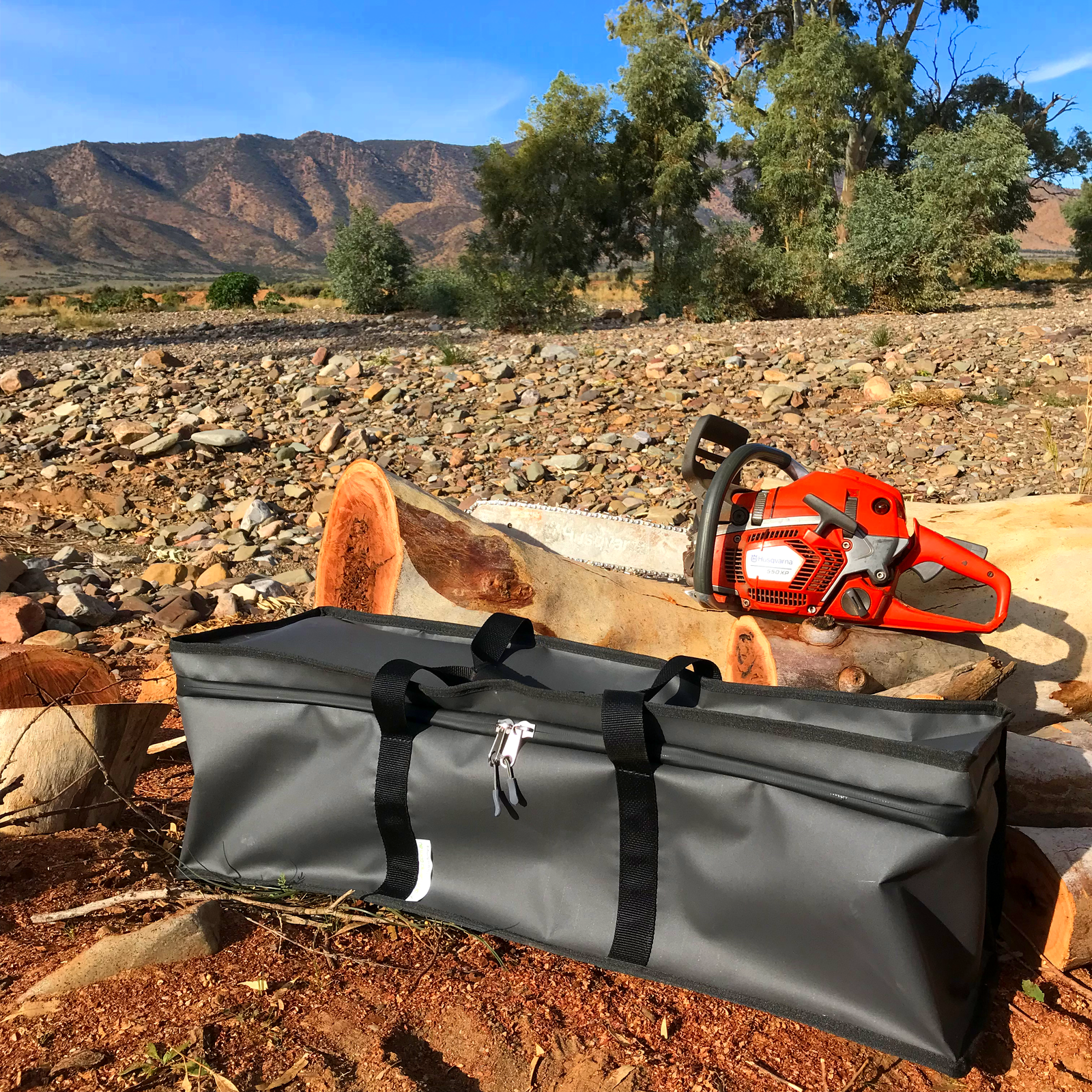
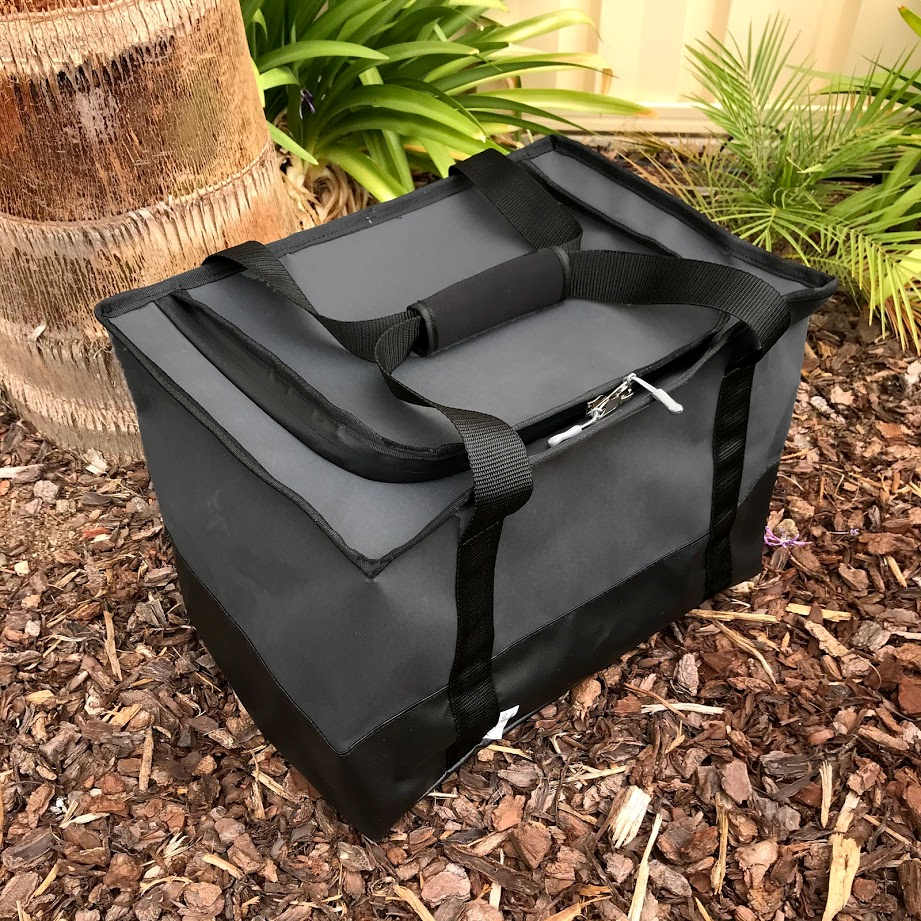


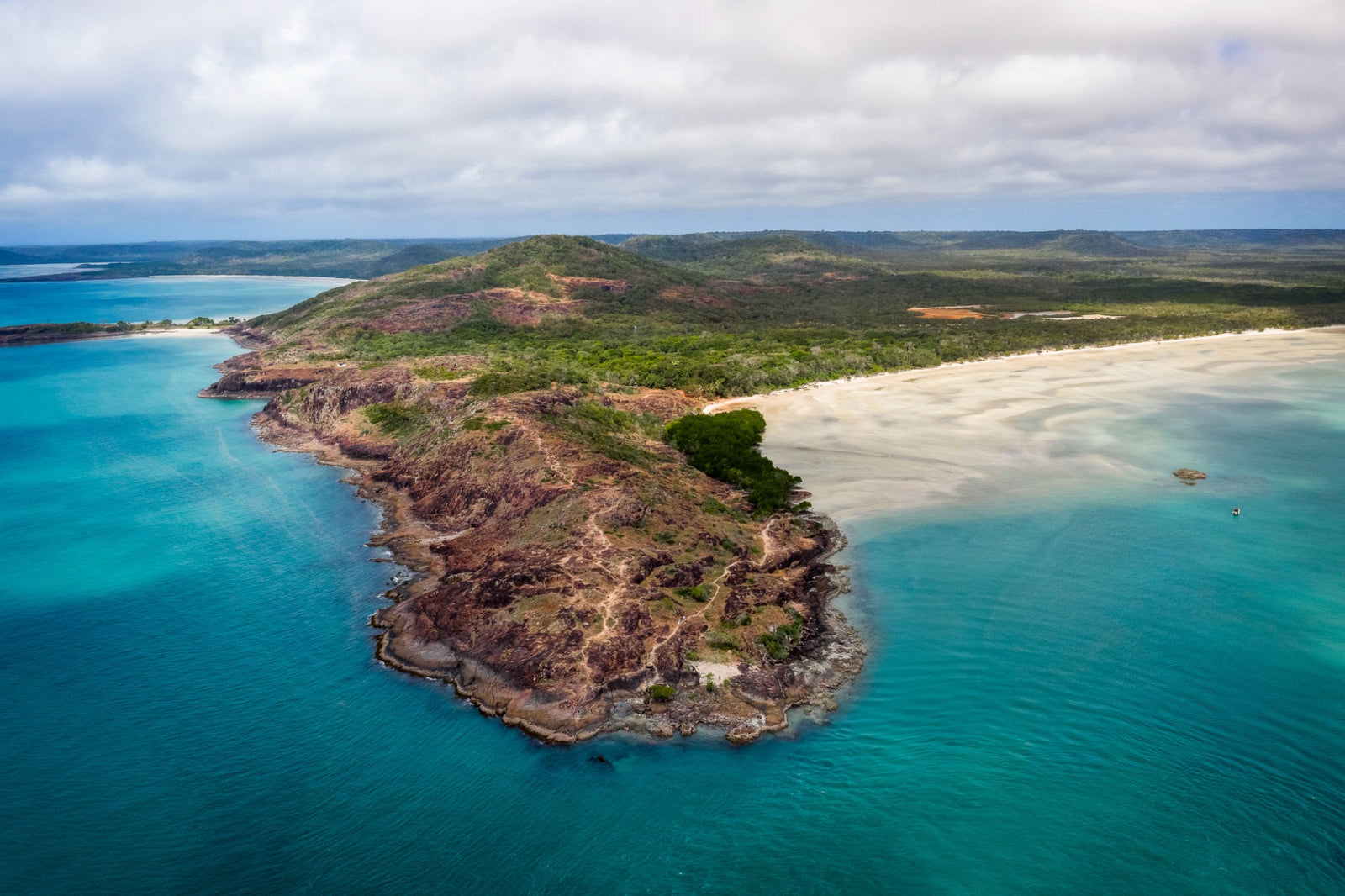


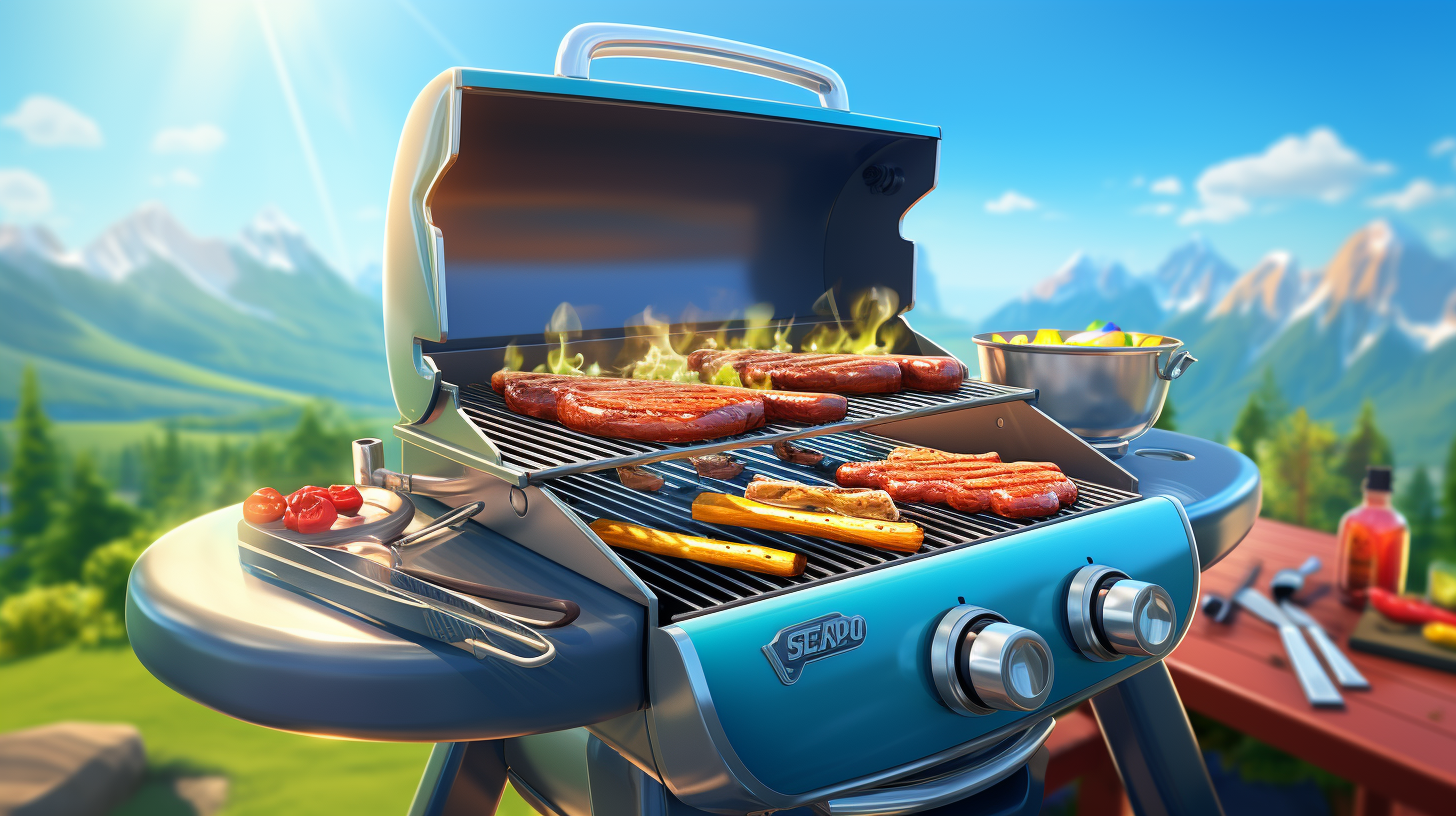


SavePlus
May 20, 2025
This is just what I needed! As someone planning their first 4×4 trip, your tips on tire pressure and terrain types are incredibly helpful.
Find amazing deals and save more on your shopping at https://saveplus.in/